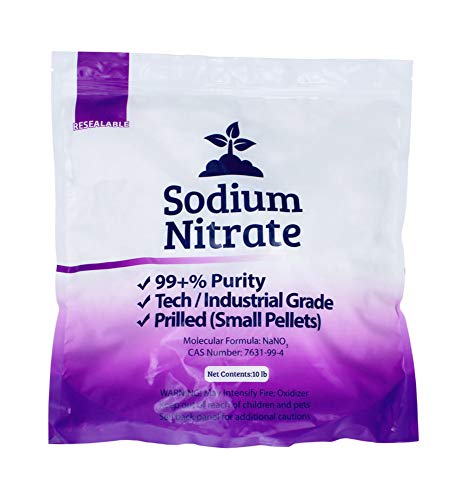arthur kierski
Well-known member
i have a powder containing 25% of silver and 75% of tin--how can i separate the Silver from the tin? thanks for any help.

The Tin will dissolve in HCl Silver will not.i have a powder containing 25% of silver and 75% of tin--how can i separate the Silver from the tin? thanks for any help.
i have a powder containing 25% of silver and 75% of tin--how can i separate the Silver from the tin? thanks for any help.
This seems to be essentially silver 'inquarted' with tin. Should that be enough to dissolve the tin in HCl even if it's an alloy?We need more information about this powder
Such as -----------
How fine is the powder - powder could be considered anything from 40 mesh in size to 300 mesh & even finer
It can make a difference on how chems will react with it --- example - at 40 mesh HCl would likely dissolve the tin leaving the silver with little or no effect on the silver - but at 300 mesh the HCl "may" create some AgCl
Is the powder an alloy of tin/silver - or is it tin powder - mixed - with silver powder
Kurt












I think the silver will be covered with a chloride crust and will partially seal some of the tin if you use hydrochloric acid, besides, it (the chlorine crust) will not be dissolved by nitric acid...
I think direct dissolution in nitric acid and cementation on copper is more practical.
Exactly what I thought too.I’m not sure mixing nitric and tin would be my choice of process for this material…trying to filter the solution full of metastatic acid would be a nightmare .
time...I’m not sure mixing nitric and tin would be my choice of process for this material…trying to filter the solution full of metastatic acid would be a nightmare .
That's potentially an awful lot of Tin. Which has a higher loading capacity HCl or sodium hydroxide?The Tin will dissolve in HCl Silver will not.
And at this concentration the Tin should completely dissolve I believe.
I think it is the parkes process.It's been a while, but there is a process by which you add lead chloride to molten tin/lead solder that is contaminated with gold. The lead chloride makes slag that will carry a considerably higher percentage of gold. It was posted on this forum before. I want to say it was GSP who posted it, but I can't remember for sure...and I have no clue if it would work. But, it's easy enough to test.
How "sharp" do you need the separation to be ?i have a powder containing 25% of silver and 75% of tin--how can i separate the Silver from the tin? thanks for any help.
You do not need to skim it.How "sharp" do you need the separation to be ?
If you know about Parkes process (pulling silver from molten lead with zinc), same can be done also with tin based alloy. However, the extraction of silver from molten tin is not that efficient as with lead based alloys.
I have personally done it, but with 3% Ag in tin, and it kinda worked, I think I managed to get below 0.6(+-)% of Ag in leftover tin. Advantage is that tin has lower melting point than lead and this can be conveniently done in stainless steel pot insulated with some glass/mineral wool, using heatgun as heating source applied from below. This allow for precise temperature control.
I do not know how the such high Ag alloy react to this treatment, as melting point would be risen due to Ag content.
If you can get the alloy for a good price, then this may be a relatively easy route, and in the end you will have reasonable silver fraction ready to be refined + you will sell the "skimmed" tin with some minor silver in it (essentially alloy like non-leaded solder).
--------
We also tried electrolytic enrichment of silver by electrolysis in molten tin chloride, but this is very messy and very unplesant. It kinda works, but I will stick to the zinc skimming if I would to process this for first try. Then maybe some hydrometallurgy...
We filtered it, but you need to pay very good attention to the filter construction and heat it uniformly, to a precise temperatureYou do not need to skim it.
If one builds a stainless filter tube with fiberglass filter cloth it can be vacuum or pressure filtered.
There was an interesting article where they tested Zinc Vs Aluminum as collector.
Zinc was best for Ag and Au did best with Al.
This was done in Lead though.
Hmm.
A combination of Owltechs Gold/Lead solution and the Parkes process could be interesting.